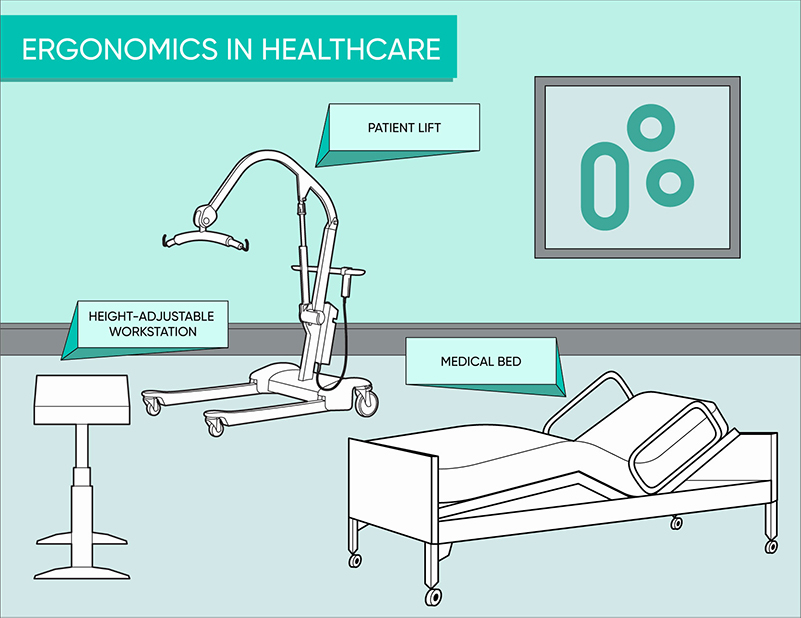2018/02/23
The Health Crisis Facing Healthcare Employees
Новости/статьи
For the majority of the population, healthcare facilities are places where one goes to receive treatment for injuries and illnesses. However, for millions of people around the world, the healthcare facility is their workplace. It is a place where they spend countless hours providing treatment to patients, or carrying out administrative tasks. The unfortunate irony is that while many people find rehabilitation in these facilities, the same cannot always be said for those employed in the facilities. In fact, they are at higher risk for developing work-related musculoskeletal disorders than other segments of the population.
In 2013, in U.S. hospitals alone, there were approximately 58,000 work-related injuries and illnesses. This represents a 6.4 incidence rate, which is nearly double that of the private industry.[1] Obviously, this leads to millions of dollars in workers’ compensation claims. Many of these injuries are related to patient handling and incorrect postures. These issues can be mitigated, if not completely avoided, by the incorporation of ergonomics. Ergonomics is defined as the science of fitting workplace conditions and job demands to the capabilities of the working population. Here are a couple applications that improve the ergonomics in healthcare facilities, in turn improving working conditions:
- Patient Lift
- A patient lift mechanism is a device designed to safely and comfortably move a patient from point A to point B. It not only helps the patient to feel secure, but it also reduces stress on the person who has to move the patient, i.e. the nurse. Follow this link to learn more about patient lifts, and see how TiMOTION electric linear actuators function within these devices.
- Height Adjustable Workstation
- Ideally, all workstations should be height adjustable to account for the different heights of the people who will be using them. TiMOTION makes height adjustable frame kits to transform regular workspaces into ergonomic-friendly workstations.
- Medical Bed
- A medical bed outfitted with electric linear actuators and lifting columns makes function and movement much easier. They can move the bed up, down, side to side, etc. In addition, adjustable controls and nurse panels make healthcare workers’ lives easier. Our TA31 is one example of an electric linear actuator that provides movement on a medical bed.

By making these few ergonomic adjustments, the quality of life for healthcare workers can be drastically improved. This will help keep these employees happy, healthy, and able to care for their patients.
[1] http://www.ehstoday.com/osha/ergonomics-healthcare-infographic










